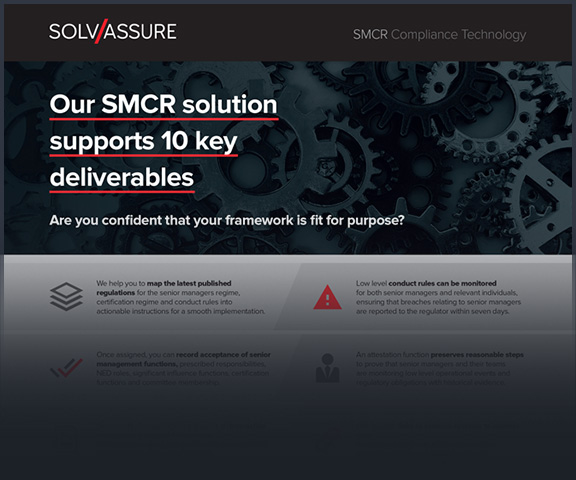GDPR
implementation
guide
The ICO is continuing to work on guidance to assist controllers up to May 2018 when data protection reforms will take effect.
Awareness
You should make sure that decision makers and key people in your organisation are aware that the law is changing to the GDPR. They need to appreciate the impact this is likely to have and identify areas that could cause compliance problems under the GDPR.
Information you hold
You should document what personal data you hold, where it came from and who you share it with. You may need to organise an information audit across the organisation or within particular business areas. The GDPR requires you to maintain records of your processing activities, updating rights for a networked world.
Communicating privacy information
You should review your current privacy notices and put a plan in place for making any necessary changes in time for GDPR implementation. When you collect personal data you currently have to give people certain information, such as your identity and how you intend to use their information. This is usually done through a privacy notice.
Individuals’ rights
You should check your procedures to ensure they cover all the rights individuals have, including how you would delete personal data or provide data electronically and in a commonly used format. On the whole, the rights individuals will enjoy under the GDPR are the same as those under the DPA but with some significant enhancements. If you are geared up to give individuals their rights now, then the transition to the GDPR should be relatively easy.
Subject access requests
You should update your procedures and plan how you will handle requests to take account of the new rules. If your organisation handles a large number of access requests, consider the logistical implications of having to deal with requests more quickly. You could consider whether it is feasible or desirable to develop systems that allow individuals to access their information easily online.
Lawful basis for processing personal data
You should identify the lawful basis for your processing activity in the GDPR, document it and update your privacy notice to explain it. Many organisations will not have thought about their lawful basis for processing personal data. Under the current law this does not have many practical implications. However, this will be different under the GDPR because some individuals’ rights will be modified depending on your lawful basis for processing their personal data.
Consent
You should review how you seek, record and manage consent and whether you need to make any changes. Refresh existing consents now if they don’t meet the GDPR standard. You should read the detailed guidance the ICO has published on consent under the GDPR, and use their consent checklist to review your practices. Consent must be freely given, specific, informed and unambiguous with a positive opt-in which cannot be inferred from silence, pre-ticked boxes or inactivity. It must also be separate from other terms and conditions, and you will need to have simple ways for people to withdraw consent.
Children
You should start thinking now about whether you need to put systems in place to verify individuals’ ages and to obtain parental or guardian consent for any data processing activity. For the first time, the GDPR will bring in special protection for children’s personal data, particularly in the context of commercial internet services such as social networking. If your organisation offers online services to children and relies on consent to collect information about them, then you may need a parent or guardian’s consent in order to process their personal data lawfully.
Data breaches
You should make sure you have the right procedures in place to detect, report and investigate a personal data breach. Some organisations are already required to notify the ICO when they suffer a personal data breach. The GDPR introduces a duty on all organisations to report certain types of data breach to the ICO, and in some cases, to individuals. You only have to notify the ICO of a breach where it is likely to result in a risk to the rights and freedoms of individuals.
Data Protection by Design
GDPR makes privacy by design an express legal requirement, it also makes Data Protection Impact Assessments mandatory in certain circumstances. A DPIA is required in situations where data processing is likely to result in high risk to individuals. If a DPIA indicates that the data processing is high risk, and you cannot sufficiently address those risks, you will be required to consult the ICO to seek its opinion as to whether the processing operation complies with the GDPR.
Data Protection Officers
You should designate someone to take responsibility for data protection compliance and assess where this role will sit within your organisation’s structure and governance arrangements. You should consider whether you are required to formally designate a Data Protection Officer (DPO) which is mandatory for some organisations. It is most important that someone in your organisation, or an external data protection advisor, has the knowledge, support and authority to carry out their role effectively.
International
If your organisation operates in more than one EU member state, you should determine your lead data protection supervisory authority and document this. The lead authority is the supervisory authority in the state where your main establishment is. Your main establishment is the location where your central administration in the EU is or else the location where decisions about the purposes and means of processing are taken and implemented. This is only relevant where you carry out cross-border processing.
Solvassure.
Assurance Technology.

